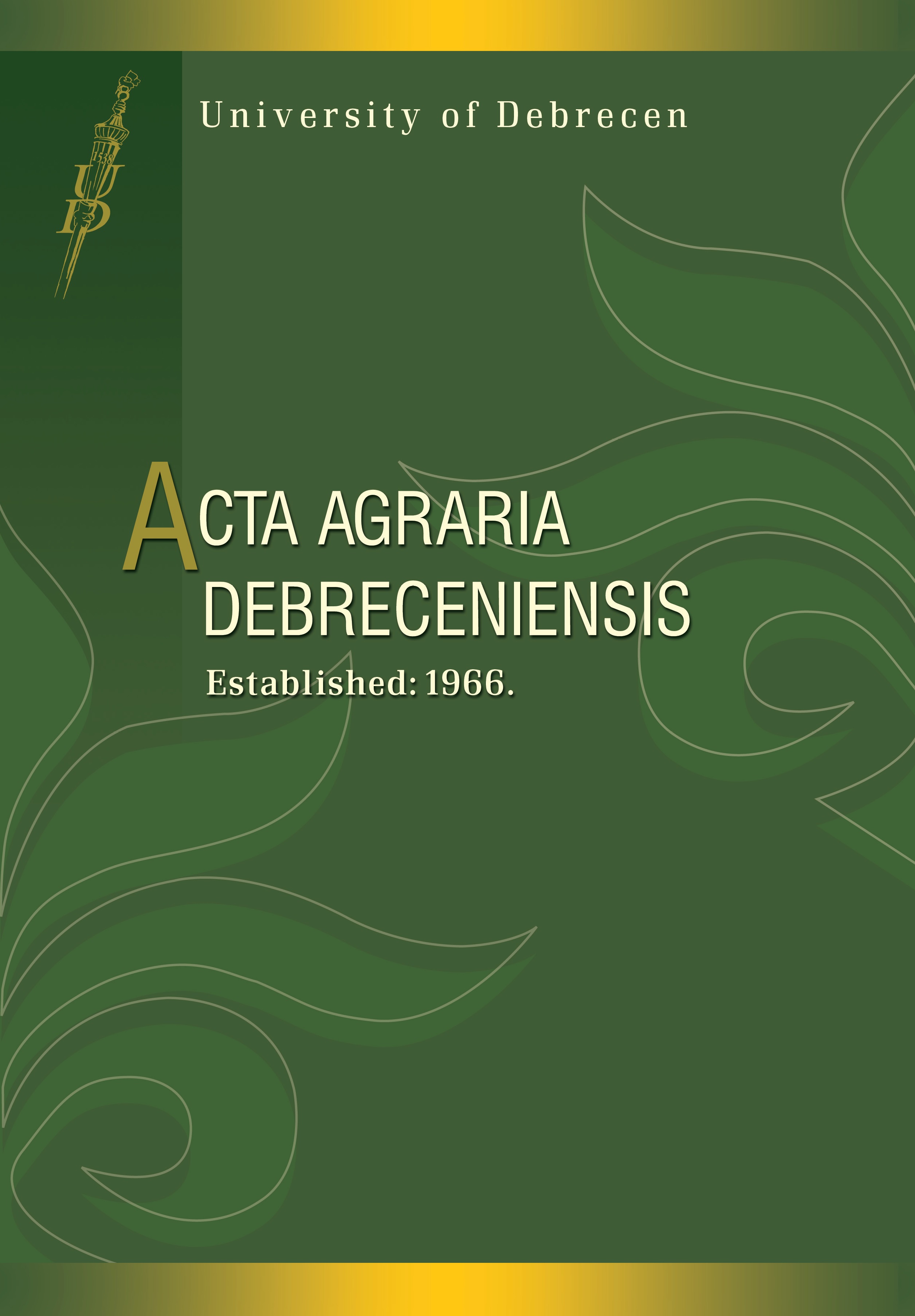Describing Fusarium diseases on maize in 2013 using data from several production sites
Authors
View
Keywords
How To Cite
Abstract
As in other parts of the world, the frequency of weather extremes has increased greatly in Hungary in recent years. This means that maize production is faced with greater risks from all aspects: nutrient replacement, irrigation, plant protection. This is especially true of fusarium diseases. In a continental climate, the pathogens causing the most serious problems are species belonging to the Fusarium genus. They infect the ears, which – besides reducing the yield – poses considerable risk to both human and animal health due to the mycotoxins produced by them. Depending on which Fusarium species are dominant at a given location, changes can be expected in the level of infection and in the quality deterioration caused by the mycotoxins they produce. Fusarium spp. not only damages the maize ears but when pathogen attacks the stalk, the plant dies earlier, reducing grain filling and resulting in small, light ears. In addition, the stalks break or lodge, resulting in further yield losses from ears that cannot be harvested. The degree of infection is fundamentally determined by the resistance traits of the maize hybrids, but also a great role in that region Fusarium species composition as well.

 https://doi.org/10.34101/actaagrar/62/2167
https://doi.org/10.34101/actaagrar/62/2167